Since starting the Exoskeleton Report nine years ago, one somewhat controversial topic has been improving productivity with industrial exoskeletons. To elaborate, the community could agree that wearable technology for workers had the potential to decrease musculoskeletal injuries; however, that should not be an excuse for those same workers to be expected to perform more. There were concerns that performing more work with an exoskeleton might offset the safety benefits, but there was little to no data at the time to provide insight on this issue. Recently, more evidence from industry and academia has shown that productivity can increase within certain bounds without compromising the safety benefits. Let’s take a quick look together:
Lessons From the Field:
Safetytech Accelerator Insights
In November 2024, Safetytech Accelerator, a non-profit focused on advancing innovation in safety-critical industries, published a phenomenal 16-page report on emerging ergonomic solutions, including exoskeletons, titled “Tackling MSD in Industrial Sectors with Emerging Tech (link).” The report identified published evidence on efficacy, primarily from technology company websites, press releases, case studies, and research papers, showing the quantified technology impact. For exoskeleton technology, the report estimated a 58% decrease in the risk of injury for workers with appropriately selected exos for their tasks and a 10% boost in productivity. Note that the report distinguishes between quality and productivity, and we will try to do the same for this article, too.
Wegmans Food Markets Implementation – AExG Webinar
In December 2024, Nancy Laurie, PhD, CPE, Occupational Health Manager, Environmental, Health & Safety at Wegmans Food Markets, gave a terrific presentation to the Automotive Exoskeleton Group (AExG) on her experience with implementing the SafeLift by Verve Motion. Based on a 21-month field study, she reported 0 (zero) back injuries amongst exosuit users over 26,000 work hours and a 1.5% increase in productivity for the people wearing the exosuit (based on days they wore the exosuit vs. days they did not).
MSD Solutions Lab Webinar
In December 2024, Ryan Anderson, Risk Management Technology Programs Manager at Amerisure Insurance, and Shane Bates, Regional Operations Safety Manager at Beverage South Distributors, led a presentation on exosuits as part of the National Safety Council’s MSD Solutions Lab. They shared field study results from pilot sites using the HeroWear Apex 2 exosuit. The presentation starts at 28:46 (link below). Based on a 3-month pilot test at Auto-Wares (auto part distributor), they reported an increase in productivity of 14.7%, along with a 41% reduction in worker fatigue from heavy lifting and a 27% reduction in lower back discomfort when workers wore exosuits. Of note, not every job or pilot results in productivity gains. A second site that completed an abbreviated 3-week pilot with Beverage South found that productivity decreased by 1%, but did see an improvement in safety outcomes, such as a 33% reduction in lower back discomfort amongst exosuit users.
HeroWear Distribution Center Case Study
In January 2024, exosuit producer HeroWear shared results from a 9-week case study with an international grocery retailer. Distribution center employees wearing Apex 2 exosuits increased their productivity (cases picked per hour) by 8% while also decreasing worker-reported back discomfort by 30%. In a follow-up study (Longitudinal Analysis of HeroWear Apex 2 Exosuit: 280,000 Hours of Injury-Free Work) with this and three other distribution centers, which included over 280,000 work hours, workers using exosuits experienced zero injuries in warehouses that would have historically seen 10.5 back strains during that time.
Lessons From Academic Literature:
Quality, Productivity, and Economic Implications of Exoskeletons for Occupational Use: A Systematic Review
A systematic review on the productivity impacts of exoskeletons was published in 2023 by the Canadian Institute for Safety, Wellness & Performance at Conestoga College and the University of Waterloo. They filtered through 6,722 articles and identified 15 published between 2016-2022 that reported on productivity metrics such as endurance time, task completion time, number of errors, and number of task cycles completed. The authors conclude that “the current state of the literature suggests that quality and productivity impacts of exoskeleton use are dependent on task characteristics that should be considered when adopting exoskeletons.” At the time, only 2 of the 15 articles assessed were field studies. Interestingly, both field studies found dual benefits from exoskeletons: reductions in muscle activity and/or fatigue along with improvements in measured task performance. Note that the overview did not include any of the findings from ExoWorkAthlon, which usually suggests only improvements in quality for some tasks, such as welding.
Clemson University Study
In April 2024, Clemson University published a peer-reviewed study on the effects of a rigid back-support exoskeleton, Ottobock Paexo Back, and a soft back-support exosuit, HeroWear Apex , during manual material handling. The study found that both kinds of exoskeletons similarly reduced back muscle activity (an indicator of back injury risk) by between 7–18%, among young and old men and women, and also each exo increased maximum acceptable load (a psychophysical measure of one’s lifting capacity) by about 7%.
Vanderbilt University Study with U.S. Army
In November 2024, Vanderbilt University published a peer-reviewed study titled “Can back exosuits simultaneously increase lifting endurance and reduce musculoskeletal disorder risk?” performed with U.S. Soldiers, which concluded that back exosuits could simultaneously increase lifting endurance and reduce injury risk. The study found that 88% of participants increased the maximum number of lifting repetitions they could perform with heavy objects when wearing an exosuit and that lifting endurance increased by 28-75%. Meanwhile, cumulative back damage (an indicator of low back disorder risk) decreased for participants wearing exosuits by 27-93%, even when they performed more lifts. This study provided biomechanical evidence and ergonomic explanations for how exos can enhance performance without canceling out safety benefits. Notably, the study highlighted that injury reduction benefits can be negated if workers are asked to handle heavier weights when wearing an exosuit. However, productivity increases and injury reductions can be realized simultaneously when object weights remain the same and lifting repetitions are increased instead.
Takeaway – Promising Outlook on the Ability of Exoskeletons to Deliver Dual Safety and Performance Benefits
The accumulating data and converging evidence from academia and industry suggest that “yes,” we can have our cake and eat it, too. When appropriately implemented, exoskeletons designed to make work safer can simultaneously lead to productivity gains (for certain jobs and tasks) without compromising their benefit to safety and risk reduction. This positions exoskeletons as more than safety technology or personal protective equipment, creating a win-win scenario for employees and employers. This is a big deal given the prevalence of work-related musculoskeletal disorders and the cost of overexertion injuries ($12.5B per year in the U.S.) and has significant implications for the value proposition and return on investment from exoskeletons, which may aid broader and faster adoption.
This article was edited with the input and help of Dr. Karl Zelik.
This article was originally published on Forbes.com


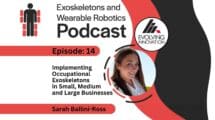
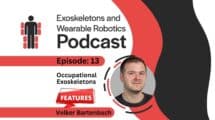
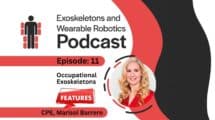

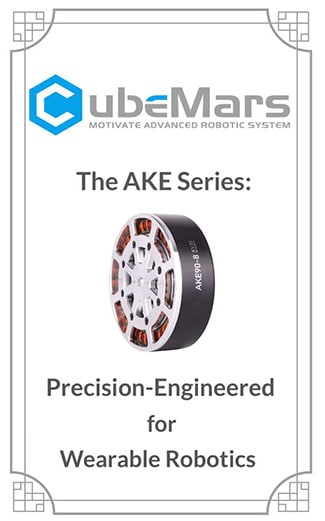
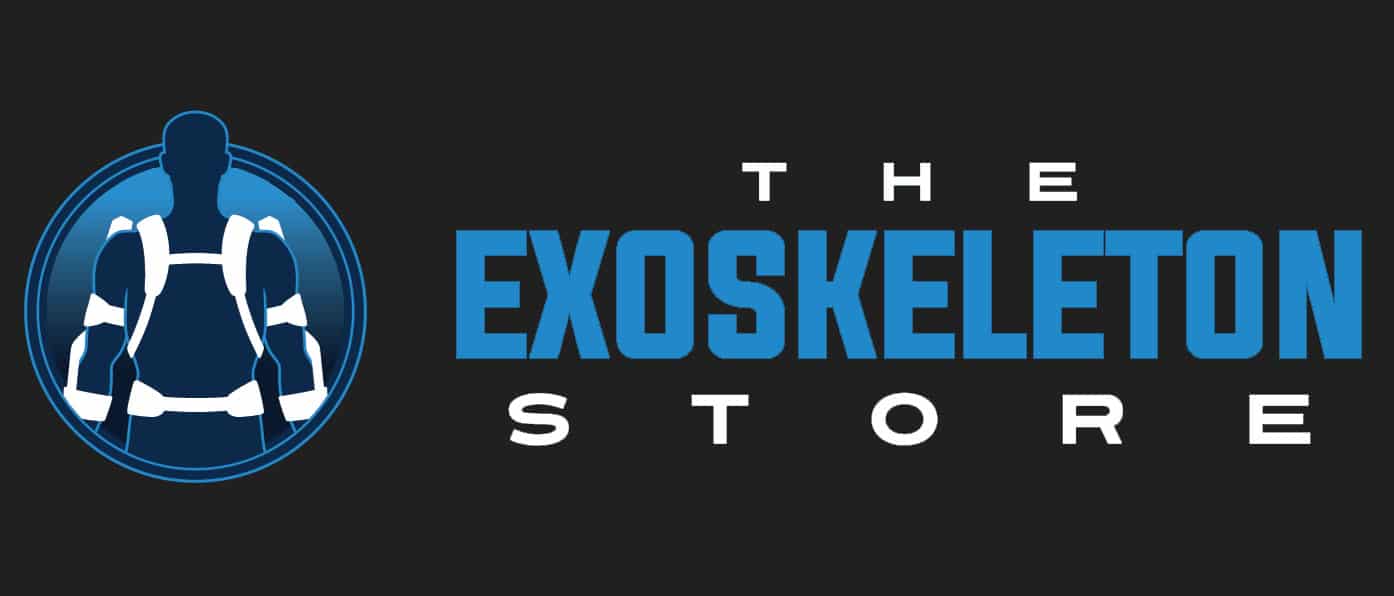
Add Comment